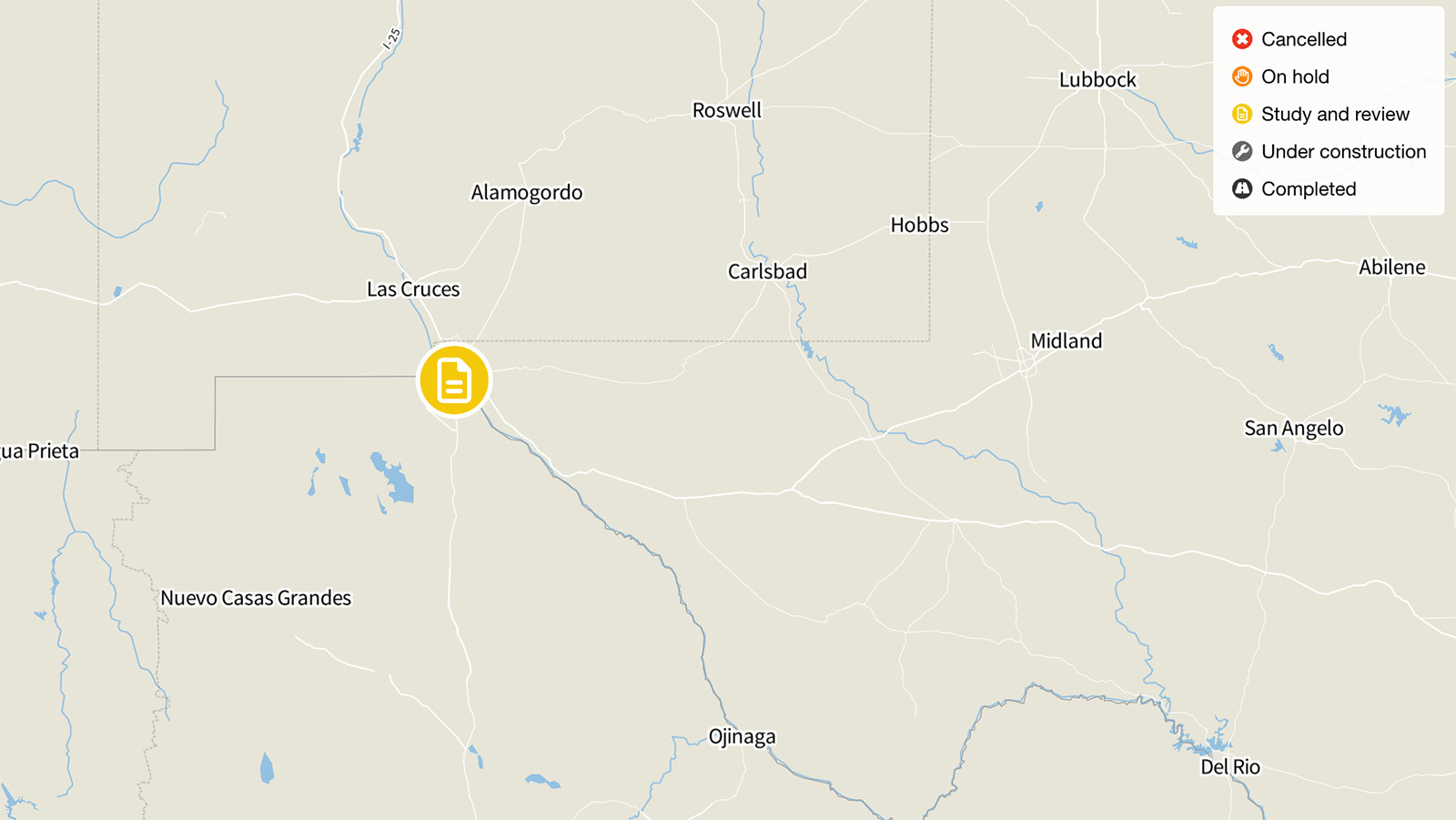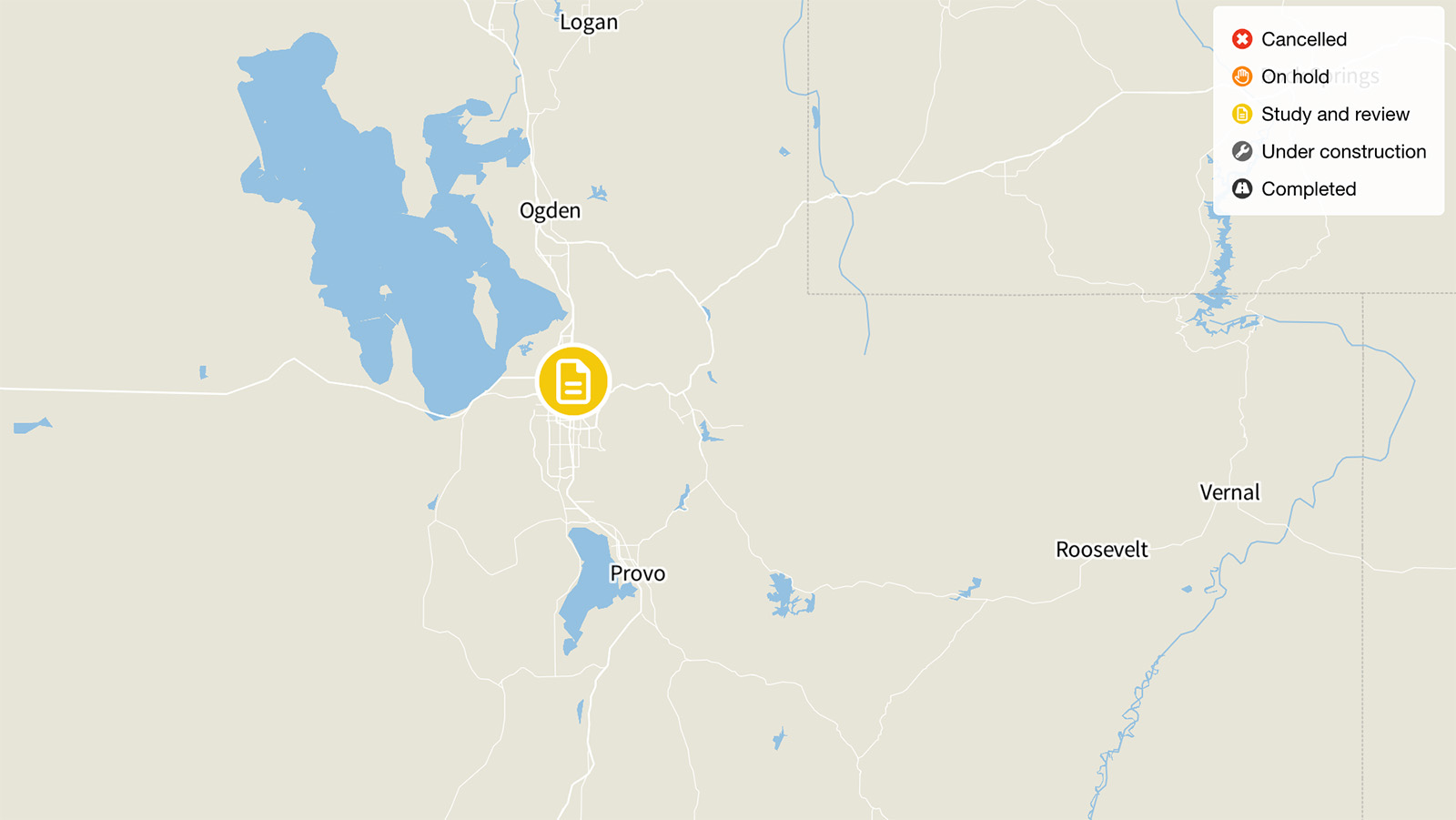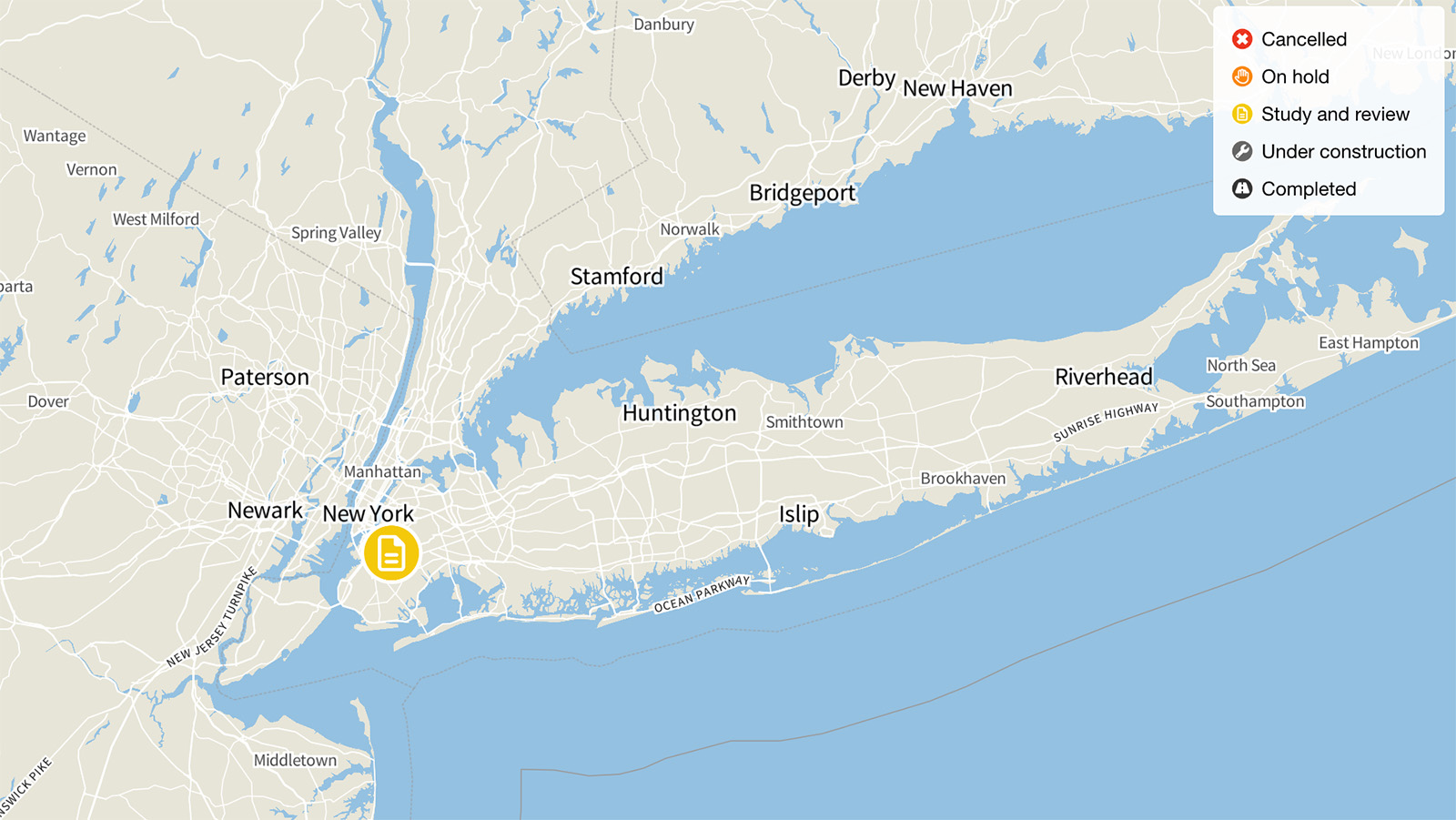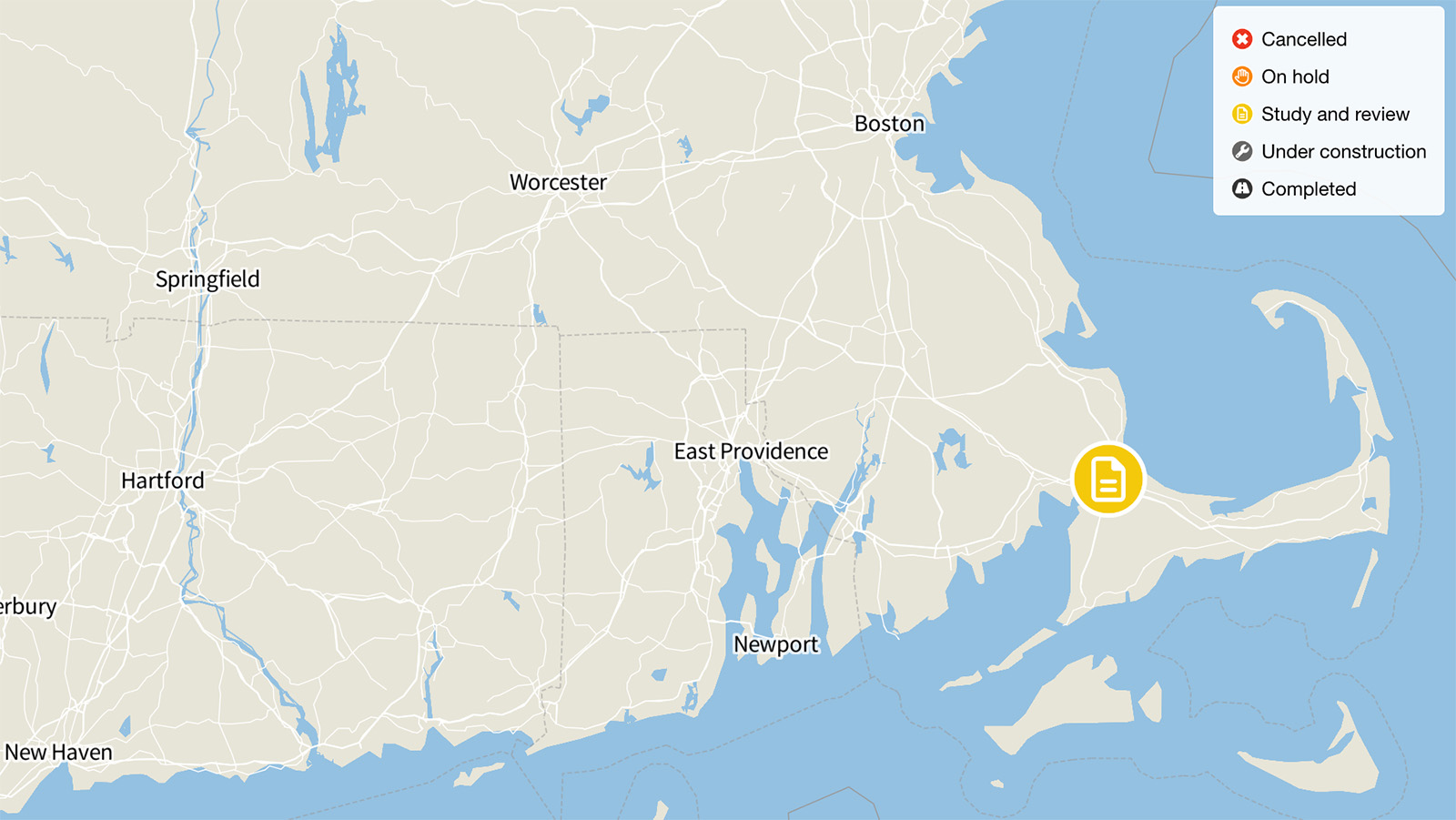
I-10 expansion, El Paso, Texas

Status: Study and review
Projected cost: $750 million
Opened in the 1960s, Trans-continental Interstate 10 (I-10) is the longest interstate in Texas, stretching 881 miles east to west across the state. With much of the highway’s infrastructure now more than half a century old, in 2016, the Texas Department of Transportation (TxDOT) initiated the Reimagine I-10 project to assess the need to renovate a 55-mile stretch of freeway, split into four segments between the New Mexico-Texas state line and Farm-to-Market road (FM) 3380 at Tornillo, southeast of the city of El Paso.
Segment 2 of this project centers on plans to rebuild and expand highways through 5.6 miles of downtown El Paso between Executive Center Boulevard and Loop 478 on Copia Street. The downtown segment of the project is currently anticipated to cost approximately $750 million – potentially up to $800 million – $300 million of which has already been approved by the Texas Transportation Commission. TxDOT has yet to secure full funding, but continues to move forward with project studies.
TxDOT has narrowed down its initial list of 18 different build alternatives to a shortlist of three, plus one no-build alternative. Changes to current lanes on I-10 will include the reconstruction of the main lanes and retaining walls, bridges and ramps. The bulk of this expansion includes two additional lanes running for 5.6 miles and two frontage roads in the downtown area. All build alternatives propose new eastbound and westbound “adaptive lanes,” an additional general purpose lane in each direction, a shared use path, and new accommodations for pedestrians and cyclists along overpasses. Alternative D proposes an extra bicycle and pedestrian bridge, while Alternatives G and H will have collector-distributor connectors and bicycle tracks in both directions for certain sections. TxDOT claims that these measures will help relieve congestion, reduce crashes and bring infrastructure into line with current standards.
According to TxDOT, peak afternoon traffic on the highway of around 200,000 vehicles per day in 2018 will increase by 50% over the next two decades, rising to 300,000 by 2042. However, traffic data from 2003 to 2019 show that annual average daily traffic volume (AADT) on this stretch of highway over this period has remained almost exactly constant. In 2021, AADT dropped to a low of 155,000. While this is consistent with the broader decline in commuter traffic due to the pandemic and the rise of remote working, even if volumes rise again, long-term trends indicate that TxDOT’s projection of 300,000 is likely to be a major overestimate.
Between 2020 and January 2023, three public meetings were held to discuss engineering and environmental constraints for building plans. In particular, local residents have raised concerns about the project’s displacement of homes and businesses, arguing that the I-10 expansion plan – potentially requiring the demolition of up to 30 residential and commercial buildings – is reminiscent of the highway’s original construction, which cut off the historic Sunset Heights neighborhood from downtown upon its completion in the 1960s.
El Paso residents have also expressed concerns that the proposed I-10 expansion would worsen congestion instead of alleviating it. A 2022 independent analysis by consultancy firm Smart Mobility, Inc., supports these concerns, concluding that adding more lanes will not only be futile for reducing traffic volume on I-10, but would also encourage more cars to use the highway for short, local trips. In sum, the project’s opponents argue, TxDOT’s predictive models presented inaccurate projections that overestimated benefits of the widening.
While accepting the need for repair and rehabilitation of I-10’s infrastructure, opponents of the project maintained that the latched-on expansion project would be both expensive and environmentally destructive to local communities. El Paso County already fails to meet EPA’s national air quality standards, and residents fear that a widened I-10 will only bring more air pollution, including to neighborhoods that already suffer from disproportionately high rates of asthma. In 2022, El Paso City Council passed a resolution to ask TxDOT to remove frontage roads from the plans and add more walking spaces, street lights, parking and trees.
In late 2021, El Paso received $900,000 from the Rebuilding American Infrastructure with Sustainability and Equity (RAISE) federal program to study the feasibility of adding a deck plaza on top of I-10. This grant is intended to fund concept and design studies to imagine a walkable and recreational green space that can blend with residential areas and mitigate the health and environmental impacts of the highway. While there is strong local support for adding green spaces, local advocates suggest that proponents of the I-10 project have cultivated the impression that the deck park is a part of that project – which it isn’t – and that to get the deck park, the community needs to support this unnecessary highway expansion boondoggle.
Topics
Find Out More


I-15 Expansion, Salt Lake City

The Brooklyn-Queens Expressway, New York

